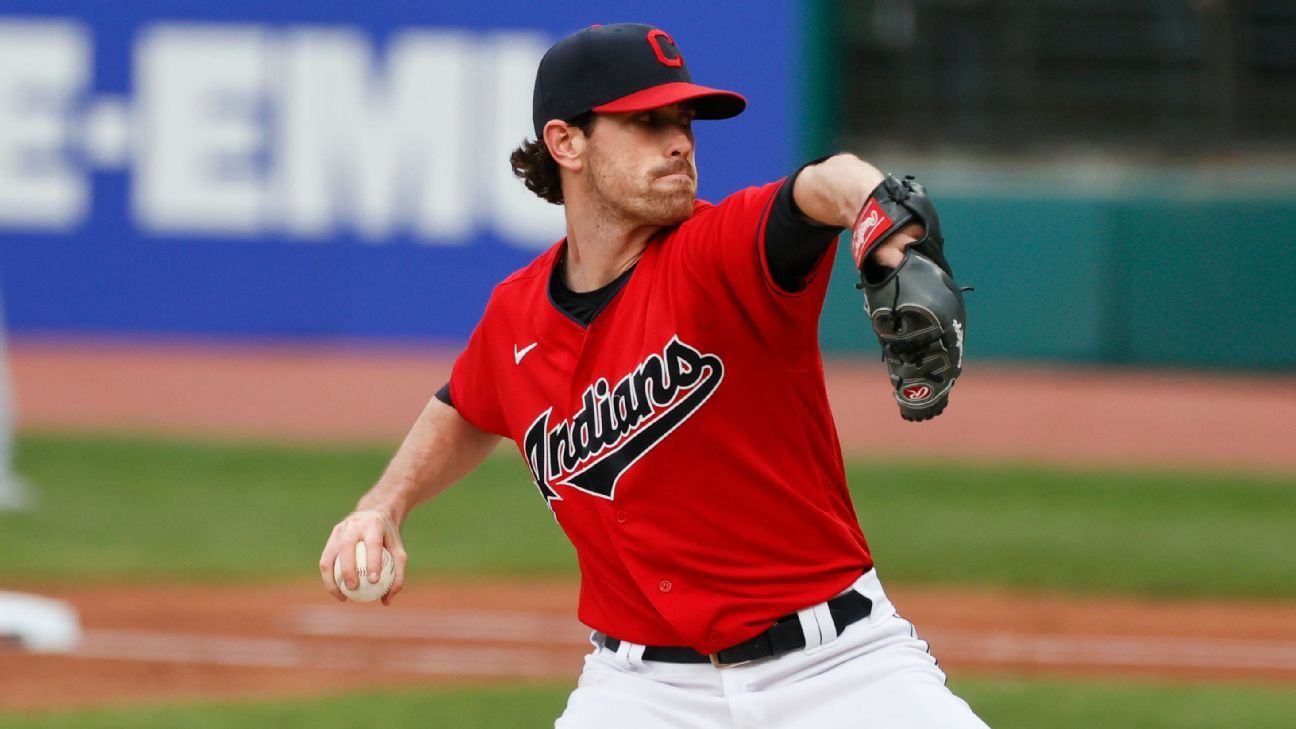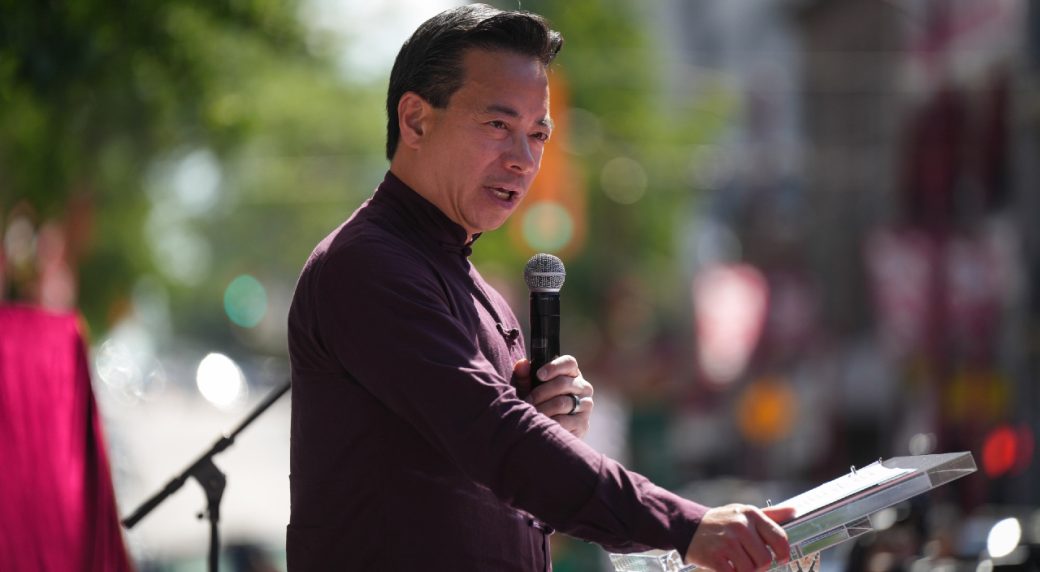The implementation of a shorter pitch clock in Major League Baseball has raised concerns about its potential impact on pitcher injuries. Despite opposition from players and worries about health and safety, the league reduced the length of the pitch clock in December, shortly after introducing a significant rule change.
The head of the baseball players’ association, Tony Clark, expressed his apprehensions about the consequences of reduced recovery time on players’ well-being. He criticized the league for failing to acknowledge or study the effects of these changes, deeming it a threat to the game and its most valuable asset, the players.
Several pitchers have recently been sidelined with elbow injuries, including Shane Bieber, Spencer Strider, Jonathan Loáisiga, Eury Pérez, and Trevor Gott. This has spurred a debate between the players’ union and MLB regarding the root causes of these injuries.
MLB countered the union’s claims by citing a decrease in UCL surgeries at the minor league level following the pitch clock’s introduction. The league suggested that factors such as increased pitching velocity and focus on pitch design might be more significant contributors to the rise in injuries than the pitch clock itself.
According to MLB, ongoing research studies aim to unravel the complexities of the surge in pitcher injuries. An analysis by Johns Hopkins reportedly found no evidence linking the pitch clock to increased injury rates among pitchers. The league also highlighted the growing number of players entering professional baseball with pre-existing injury histories, which could predispose them to future issues.
The recent spate of elbow injuries has led to notable players, including Bieber, Strider, Loáisiga, Pérez, and Gott, requiring Tommy John surgery and extended periods of rehabilitation. Despite MLB’s efforts to streamline game pace and duration through the pitch clock, the unintended consequences on player health have ignited a contentious debate within the baseball community.
Image/Photo credit: source url





